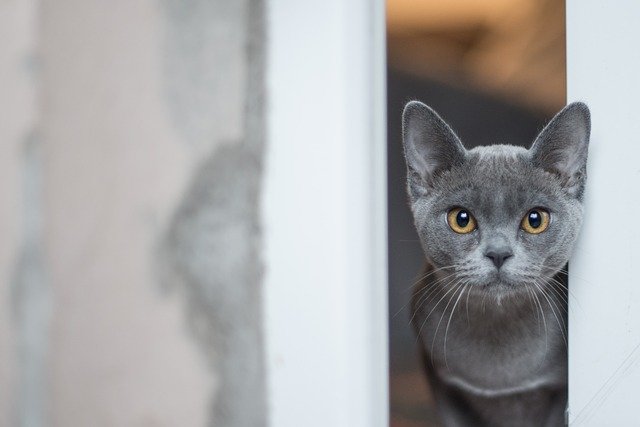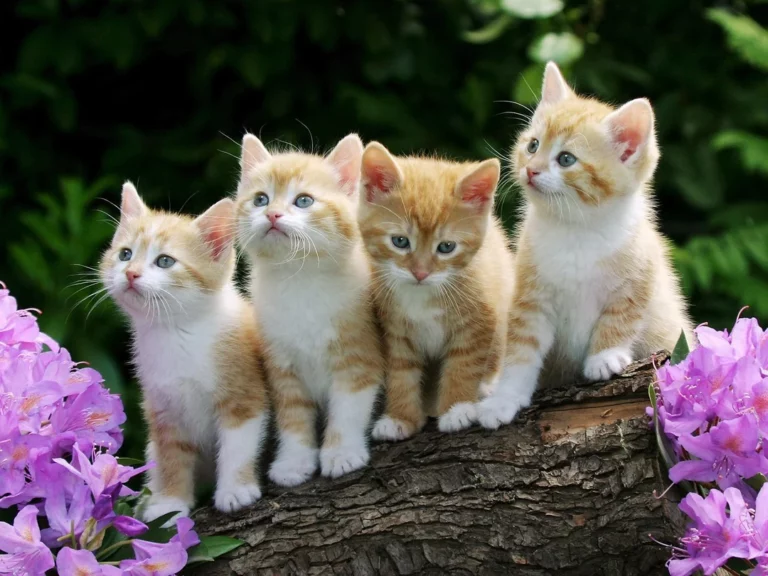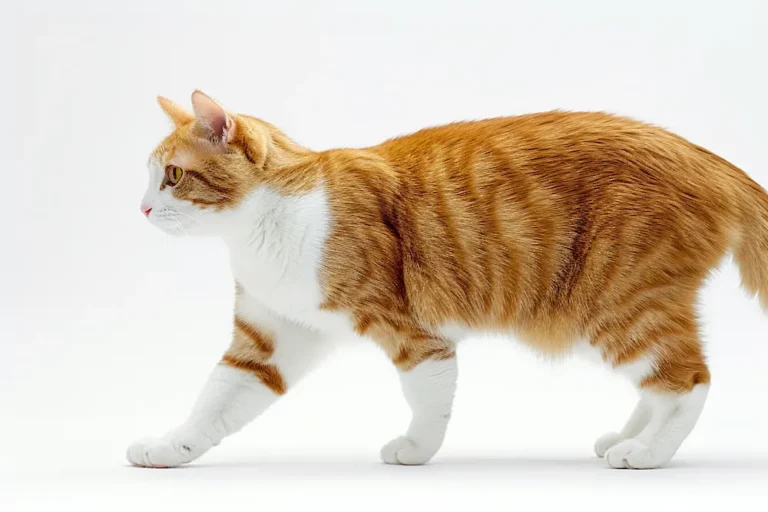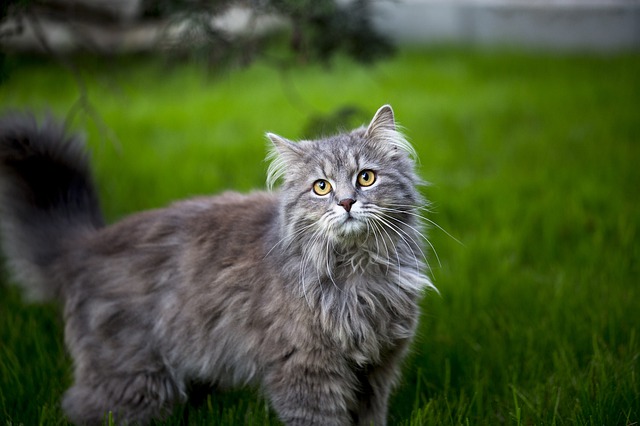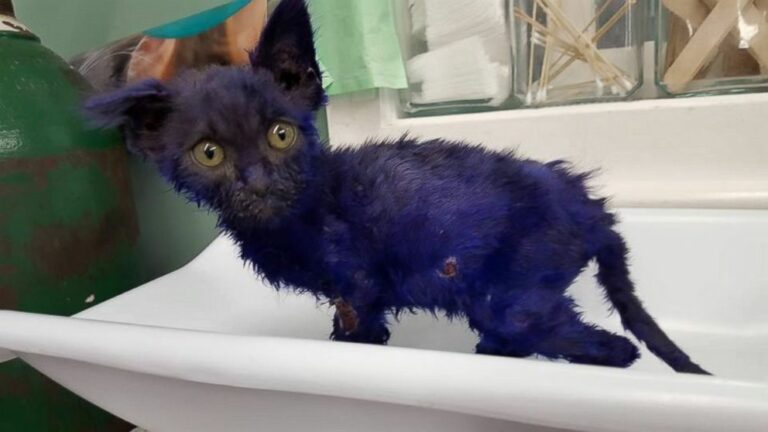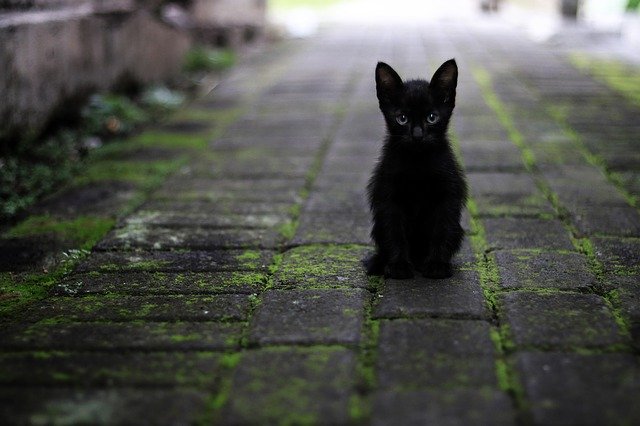How Many Different Breeds of Cats Are There?
If you are eager to learn about
How many cat breeds are there?
To this day we still hear news of a purebred feline or an experimental purebred
Various institutions that recognize and oversee the breeding of purebreds have different standards.Â
Several determining factors of a purebred include face shape, body frame, color, temperament, facial characteristics, weight, height, and hereditary risks. These standards are necessary for pedigree cats that enter a competition such as a
Organizations that recognize pedigrees
There are 40 to 80 different
Meanwhile, the Fédération Internationale Féline (FIFe) with forty member countries in Europe acknowledges 49
International
A
Cats whose lineage cannot be traced from past generations cannot be accepted as purebreds.
Feline organizations also have different processes when accepting new breeds, making sure there is a long-term breeding plan to eliminate breeds that come and go. Each newly recognized breed should also be a valuable addition to the list of recognized
History and future of cat breeds
Cats proved to be beneficial in our ancient farms. They ate the rodents that found their way in grain stores. By the 19th century,
There are little variations between cats today and their ancestors. When we look at the biggest house
Cat breeders continue to develop new breeds and strive to be considered by a legitimate
Some of the recently-accepted breeds include the Khao Manee and Lykoi which are now listed in the CFA purebreds.
Caution should be exercised when developing new breeds. Extreme breeders develop hypertype cats often with health consequences. Certain crossbreeds can also carry a higher risk for diseases. Further, where desirable traits are hard to come by, inbreeding may occur. As such, established feline organizations are vital to ensure responsible breeding.Â
